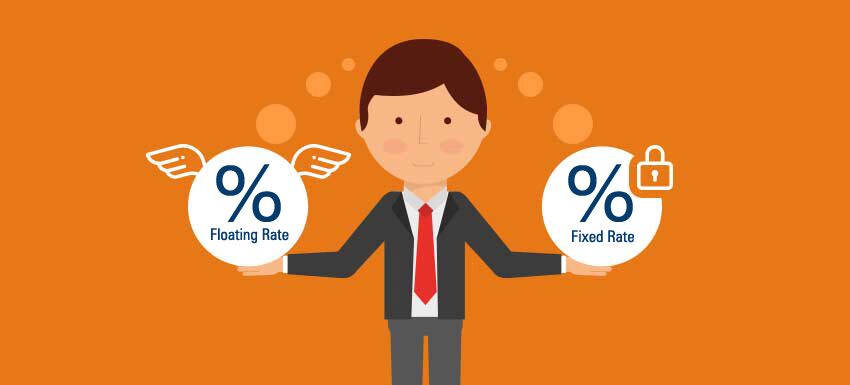There are many Home loan schemes available in India that are offered by Banks and Financial institutions. Home Loans can be used by individuals who wish to buy a house/apartment or for someone who wishes to buy a property and then construct the house. Many people can fulfill their dream of owning a house with the help of these Loans.

The choice of applying for a Home Loan can be pretty good for your needs, requirements, and overall financial situations. Real estate prices are always expected to increase as the years pass by. The House that you would own will have an increased value in the future but would be paying the amount which is decided for the House at present. Hence, Your House can be a really good asset that you can for your finances.
Home Loans in India have a rate of interest starting from 6.65% per annum. The Loan tenure for Home Loans generally ranges anywhere between 1 and 20 years in India. In some cases, you can get the loan for up to 30 years from the date of application. The processing fees chargeable for your application would depend upon the Bank or the Financial institution you apply to for the Home Loans. Contact several Banks and negotiate to get the best deal possible. The application process involved for Home Loans is pretty simple and does not require a lot of effort from the applicant.
Home Loan Eligibility Criteria:
The Home Loan Eligibility criteria that are required to be fulfilled by the applicant for the application process include:
- The minimum age of the applicant should e 18 years and the maximum age can be 75 years.
- The applicant should be a resident of India, a Non-Resident Indian (NRI), or a person of Indian origin.
- The applicant should be either employed as a salaried individual or should be self-employed.
- The applicant should have a net monthly income of at least INR 5-6 Lakhs per annum depending upon the type of employment.
- The applicant must have A Permanent Residence in India or A rented Residence where he/she resided for at least 1 year before the date of application of the Home Loan.
- The Credit score of the applicant should be at least 750.
Documents Required for Home Loans Application:
- Proof of Identity of the applicant.
- Proof of Identity of the applicant.
- Proof of Employment of the applicant.
- Filled application form.
- Few Passport sized photographs of the applicant.
- Bank account statements of the past 6 months of the applicant.
- Salary slips of the past 3 months for salaried individuals and income tax return for self-employed applicants.
- Business details for self-employed applicants.
Some additional documents can be required for the application process as per the policies of the Bank or the Financial institution you apply to.
You can compare the multiple loan schemes that are offered by Banks and Financial institutions in India and then select the one that is suitable for your needs and financial conditions. Analysis of several loan offers can help you in making the right choice for your finance and future. You can use a Home Loan EMI Calculator to determine the monthly EMI amount to be paid to the bank during the tenure of your loan. These calculators require details like the tenure of the loan, the loan amount being offered, the rate of interest applicable, and the processing fees being charged. This can help you in estimating your monthly expenses and budget for the future.
These loans can be a pretty good choice for people who wish to own a house. Female applicants and the presence of a co-applicant can help you attaining certain benefits that are offered by the lending organizations. You can know about these policies via online mode or by contacting the nearest branch to your current location. Even customer Care executives of Banks can provide you the insights that you require for the application process.
Mentioned below are some popular Home Loan schemes offered by Banks and Financial institutions in India:
- State Bank of India Home Loan
- Bank of Baroda Home Loan
- Canara Bank Home Loan
- Yes Bank Home Loan
- Bank of India Home Loan
- Axis Bank Home Loan


